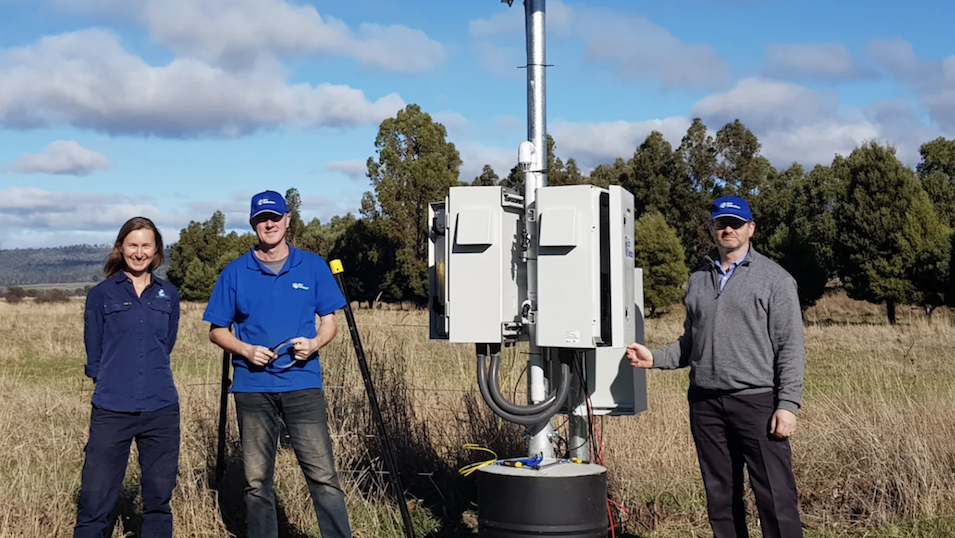THE health of the River Derwent is now being checked daily, thanks to a series of Tasmanian-developed testing devices installed in the past weeks. “Six stations check water composition as often as four times a day,’’ Ursula Taylor of the Derwent Estuary Program said.
“Until now, testing involved taking samples by hand once a month which provides less information about the fluctuations of water quality in the river. “This is a huge improvement in knowing what’s going on below the surface, and augurs well for the Derwent’s health into the future.”
The EcoDetection devices the organisation has installed derive from technology developed at the University of Tasmania. Monitoring stations have been established along the Derwent between Wayatinah and New Norfolk, their information output automatically processed for viewing online by stakeholders in the public and private sectors. “Information of this detail and frequency will help inform the decisions of water consumers of all types as well as those whose properties are part of the giant catchment that feeds this river system,’’ Ms Taylor said.
The Derwent Estuary Program is a partnership between the private sector and state and local governments that provides science to support improved water quality management in the Derwent. Its field tests of the EcoDetection devices began about three months ago with a unit at Meadowbank, the 2500ha Upper Derwent Valley farm that draws water from the river for its sheep grazing operations and its 50ha vineyard.
The full project, to cost $810,000 (cash and in-kind) over three years, is supported by The Ian Potter Foundation, Hydro Tasmania, TasWater, the Environmental Protection Agency and Meadowbank Vineyard. The new testing regime reflects the increasing pressure on the River Derwent along its 200km trek south to Storm Bay.
The Derwent flows out of Lake St Clair and through seven lakes that form storages for hydroelectric power as well as for agriculture, forestry and fish hatcheries. Its value as a freshwater source is also evident downstream at Bryn Estyn, where each day TasWater can draw 160 million litres of water to feed the fast-growing population centres around Hobart, 60 kilometres to the south.
Since 2000, the Derwent Estuary Program has coordinated initiatives to monitor and improve water quality, survey dissolved oxygen and seagrass, sediment and seafood, as well as heavy metal, nutrient and stormwater investigations. This rollout of the EcoDetection units is the first of scale in Tasmania. “We’ve been providing report cards on the Derwent Estuary for more than 20 years,” Ms Taylor said. “This is the first time we’ve been able to deliver a comprehensive analysis of water composition in the river above New Norfolk without going through a complex process of sample collection and laboratory analysis.
Results of our trial of these analysers will be provided in future report cards. “I expect we’ll be looking closely at issues affecting water quality including nitrogen and phosphorous compounds, water clarity and other physical and chemical properties. “We’re very happy to take the lead on this project.”

